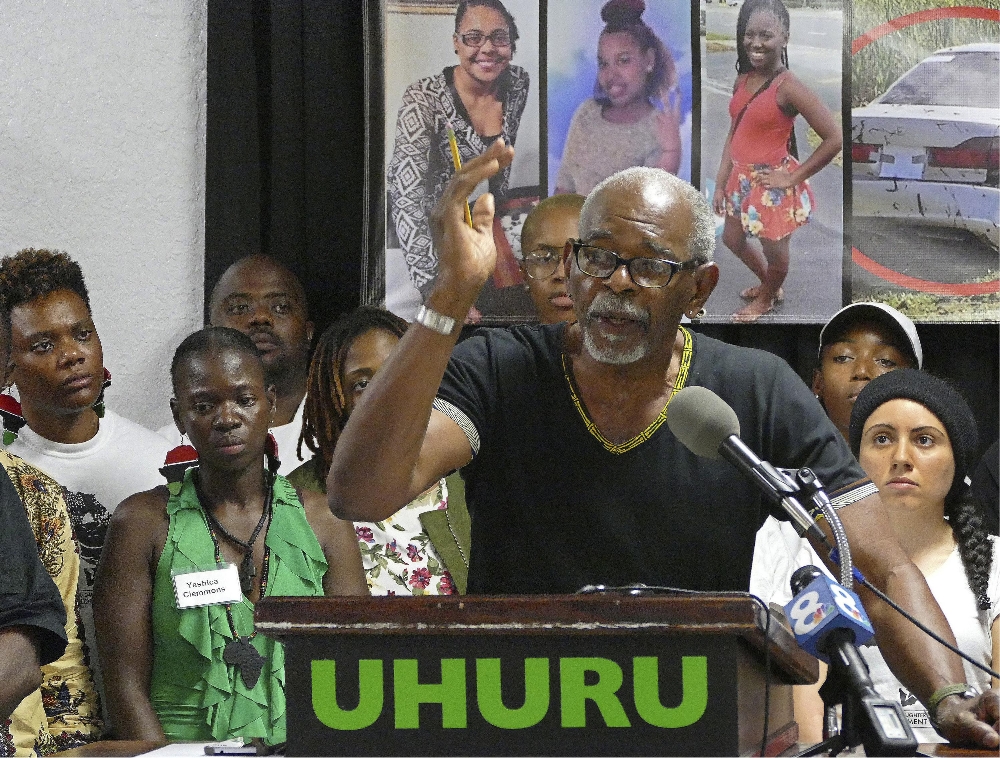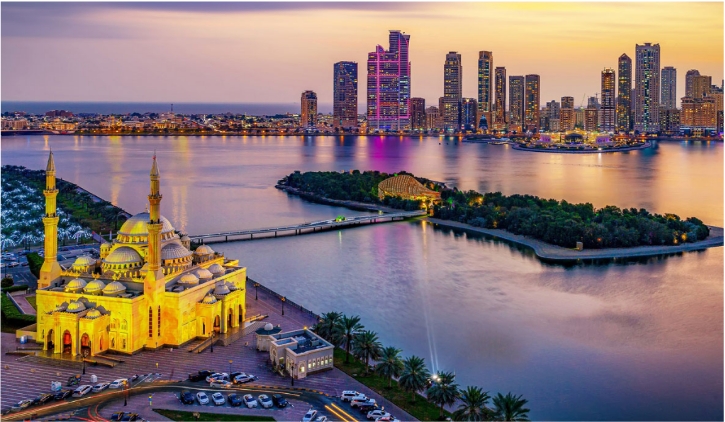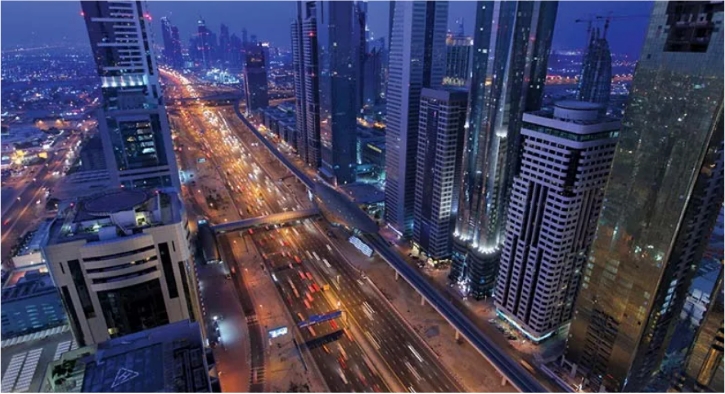The only land convoy evacuating the Canadian city of Fort McMurray has been disrupted due to 200ft (60m) flames flanking the road, officials say.
Parts of the city in the province of Alberta have been destroyed after a huge wildfire struck earlier this week.
Officials say the fire will double in size in the coming 24 hours.
Residents have been told they must evacuate and some have left by air, with 5,500 flying out on Friday and another 4,000 due to do so on Saturday.
Tens of thousands of people have already left Fort McMurray with more than 300 evacuation flights to the provincial capital Edmonton since Tuesday.
The police-escorted road convoy of 1,500 vehicles was due to pass by the southern part of the city but was stopped for an hour on Friday afternoon.
“We stopped due to heavy smoke,” said Sgt Jack Poitras of the Royal Canadian Mounted Police. “You get flames of 100, 200ft up in the air on both sides of the road so it’s not safe.”
The provincial government in Alberta has declared a state of emergency and will provide C$100 million ($77 million) in cash to evacuees.
Alberta Premier Rachel Notley said the “extensive” damage would take “many months” to repair.
She said: “The downtown is largely intact. The hospital is still standing. The telephone centre is intact. The water treatment centre is back up and running. Municipal buildings and the aeroplane remain intact.”
The city is in the heart of Canada’s oil country and as much as a quarter of the country’s oil production has been halted by the fire.
Two oil sand sites are directly threatened by the blaze while 10 operators have cut production.
At the scene: The James Cook, Highway 63, Alberta
Twenty minutes south of Fort McMurray, the road forks into two branches. By noon on Friday, both were ablaze on either side.
We watched with the police as the skies filled with grey and black smoke and flames roared into the air, devouring even the tallest pine trees.
The danger, said one officer, was “tentacles growing out of the fire”, which could end up looping around and trapping people.
There are no reports of injuries or deaths but several residents who may have survived the fire have apparently been spotted in Fort McMurray.
Teams are now sweeping the city in case any homeless people were left behind.
There is also concern about oil facilities, particularly near Nexen’s Long Lake oil extraction site.
“We’re looking at a blast area of about 14 kilometres if that plant were to go,” said Sgt Jack Poitras.
In a statement released on Friday afternoon, Prime Minister Justin Trudeau called upon Canadians to donate to charities assisting relief efforts.
“I would once again like to thank the many first responders who are working tirelessly, day and night, to fight this fire,” Mr Trudeau said.
“To those who have lost so much: we are resilient, we are Canadians, and we will make it through this difficult time, together.”
Weather forecasters predict a 40% chance of rain this coming Sunday, which may help to slow the fire’s spread.
More than 1,000 fire fighters and 150 helicopters, 295 pieces of heavy equipment and 27 aircraft tankers have been deployed, according to the Canadian government.
Workers and equipment are being brought to the area from all across Canada. Officials say that if more resources are required they may request assistance from the United States.
But Chad Morrison, Alberta’s manager of wildfire prevention, said that what they really need is rain.
“We have not seen rain in this area for the last two months of significance,” Mr Morrison said.
Without rainfall, officials predict that it could be “weeks and weeks” before the fire is completely out.
Alberta has the third highest reserves of oil in the world, after Saudi Arabia and Venezuela.
The fire now covers an area larger than New York City.

















